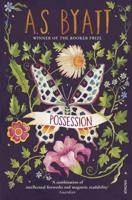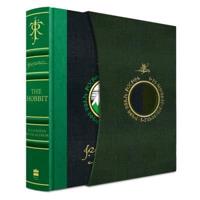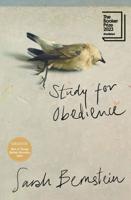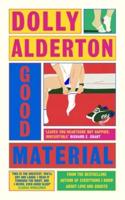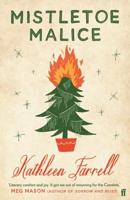Publisher's Synopsis
Penguin Classics, The Woman in White famously opens with Walter Hartright's eerie encounter on a moonlit London road. Engaged as a drawing master to the beautiful Laura Fairlie, Walter becomes embroiled in the sinister intrigues of Sir Percival Glyde and his 'charming' friend Count Fosco, who has a taste for white mice, vanilla bonbons, and poison. Pursuing questions of identity and insanity along the paths and corridors of English country houses and the madhouse, The Woman in White is the first and most influential of the Victorian genre that combined Gothic horror with psychological realism. Matthew Sweet's introduction explores the phenomenon of Victorian 'sensation' fiction, and discusses Wilkie Collins's biographical and societal influences. Included in this edition are appendices on theatrical adaptations of the novel and its serialisation history. John McLenan (1827 - 1865) was an American illustrator and caricaturist. Active from 1852 to 1865, his works include illustrations of Charles Dickens' A Tale of Two Cities and Great Expectations for Harper's Weekly (1859 - 1861) and illustrations for two Wilkie Collins novels.Author Sinclair Hamilton wrote of McLenan William Wilkie Collins (8 January 1824 - 23 September 1889) was an English novelist, playwright, and short story writer. His best-known works are The Woman in White (1859), No Name (1862), Armadale (1866), and The Moonstone (1868), considered the first modern English detective novel.


